Part 69: Recitation Notes 11: Resources for International Students
 Recitation Notes 11: Resources for International Students
Recitation Notes 11: Resources for International StudentsWhen discussing the International release of Final Fantasy XII, there are two questions that arise most often. The first, in true Apple Jacks fashion, is, "Why is it called International if it was only released in Japan?" A reasonable question, as the English-speaking world should be considered "international" to a Japanese game developer.
The answer, as with so many things, lies in simple timing. The typical release schedule for a video game from a Japanese developer is to first be released in Japan, followed by North American regions, and European and other regions after that. Between each release is a short delay to allow for localization, which can include translating the game into a different language, re-recording voice acting, making technical changes to meet the PAL standard, or editing the content to pass local regulations. The sensible rationalization for this release schedule is that it approximates increasing order of complexity -- preparing a game for release in Japan is easiest for a Japanese developer, naturally, while localizing for European and other international regions generally requires more changes than for North American regions.
The unintended consequence of this, though, is that, when a particular title is rushed to market and features are left out to meet the deadline, it is the Japanese release that suffers their absence. However, if the game remains in active development, those missing features and other perks may be included in the North American or future releases. The "International" versions, therefore, are so named because their purpose is to bring to Japanese audiences features that were introduced or planned for the international releases -- even if, as in the case of XII, that consists only of the English voice acting.

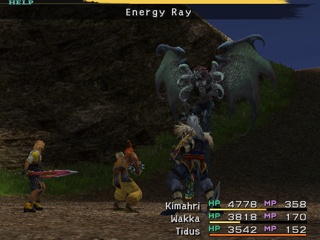
In fact, every PS2 Final Fantasy has had an International version release in Japan. X has arguably the most justification to be remastered, as the original Japanese release was missing such vital features as a way to auto-sort the player's equipment list. In addition, on top of a couple of tweaks for gameplay balance, X International includes the Expert Sphere Grid, a version of the Sphere Grid with greater capacity for early-game customization, and the optional Dark Aeon superbosses, whose character models would go on to play a significant role in the sequel's plot.
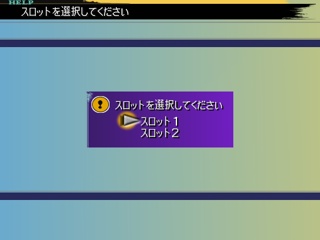
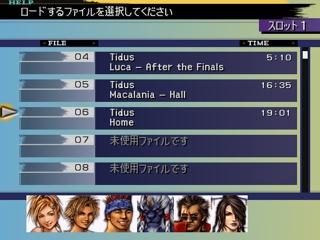
If you're interested in playing this version of X, the good news is that it is the most accessible of the three PS2 International releases. All of the English voice acting is retained, and the menus can be set to English as well, so the game is fully playable without having to patch the game or learn Japanese. You do need to know just enough to select "English" when starting a New Game, however, and you will be asked to choose between the Normal and Expert Sphere Grids before the menus stop appearing in Japanese.
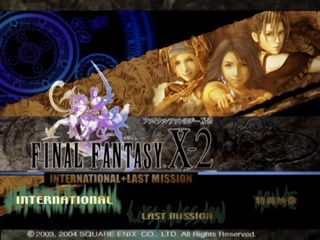
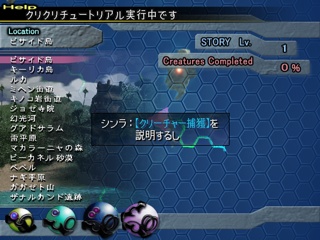
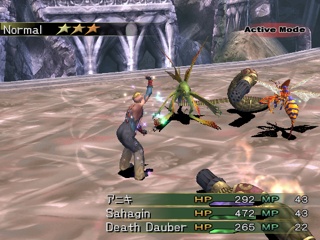
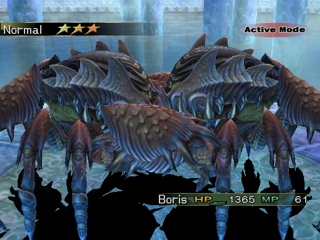
Speaking of the sequel, out of the PS2 trio, X-2 International is perhaps the most radically different from its original incarnation. The additional handful of Jobs and Garment Grids is small change compared to a brand-new Pokemon-esque creature capturing system, which lets the player catch and raise fiends, NPCs, bosses, villains and secret characters alike and use them in place of the traditional YuRiPa trio. Each capturable creature has its own storyline that can be completed by using them in battle or entering them in competitions in the new Coliseum, and you can do ridiculously silly things like having bosses fight themselves.
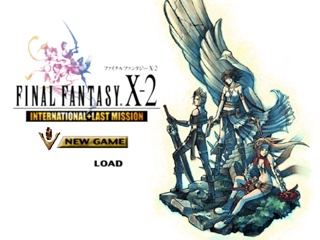
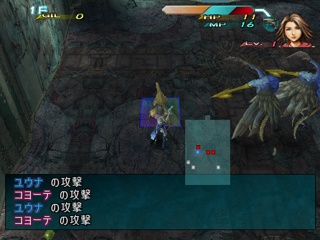
On top of all of that, there is yet another new game mode, Last Mission, which reunites the main cast months after they went their separate ways. It plays like a tactical game, the Job system works completely differently, and it's full of plot, some of which changes depending on the player's progress through the main game.
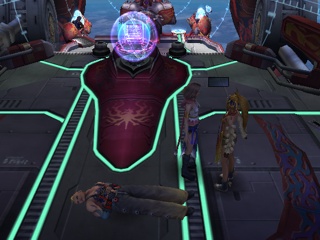
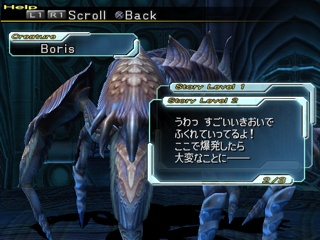
Unfortunately, while X-2 International retains the English voice acting, there is no option for English menus, and not a whit of English is to be found in Last Mission. There is a fan translation patch, but sadly it's not nearly as comprehensive or robust as the patch for IZJS -- while it translates abilities and menus and makes the game playable without knowledge of Japanese, it ignores, breaks, or mangles a lot of the game's dialog, which, as I've argued, adds to the the game's appeal more often than not. Still, if you're familiar enough with the plot from the English release, you can enjoy the fresh gameplay without waiting on the hope that these features will be included in a future HD remake.
Which leads nicely into the second common question regarding International versions; "Why don't they release it in my country so I can play it?" Sadly, this rests on the shoulders of market analysts. Special edition re-releases aren't as common in the North American console market as they are in Japan -- the closest analog to a systemic acceptance of re-releases is the Greatest Hits branding, which is more an attempt to capitalize on the popularity of high-demand titles once the early adopters have already bought in at their higher price point. Market analysts have determined that the demand for console re-releases isn't high enough to support the cost, and all the Internet petitions in the world have done little to change their minds so far. As I mentioned, though, the general marketing attitude toward re-releases in North America is much friendlier when remastered for a new iteration of technology (How many times have we bought the White Album again?) and Square-Enix in particular is no stranger to the next-gen port. This time next year, we could all be playing IZJS Re:Volution on our PSP3s, exploring the True Pharos superdungeon while we wait for the StarHound-X shuttle to take us to the OmniBank Orbital Convention Center for PAX Space. Pre-register now!